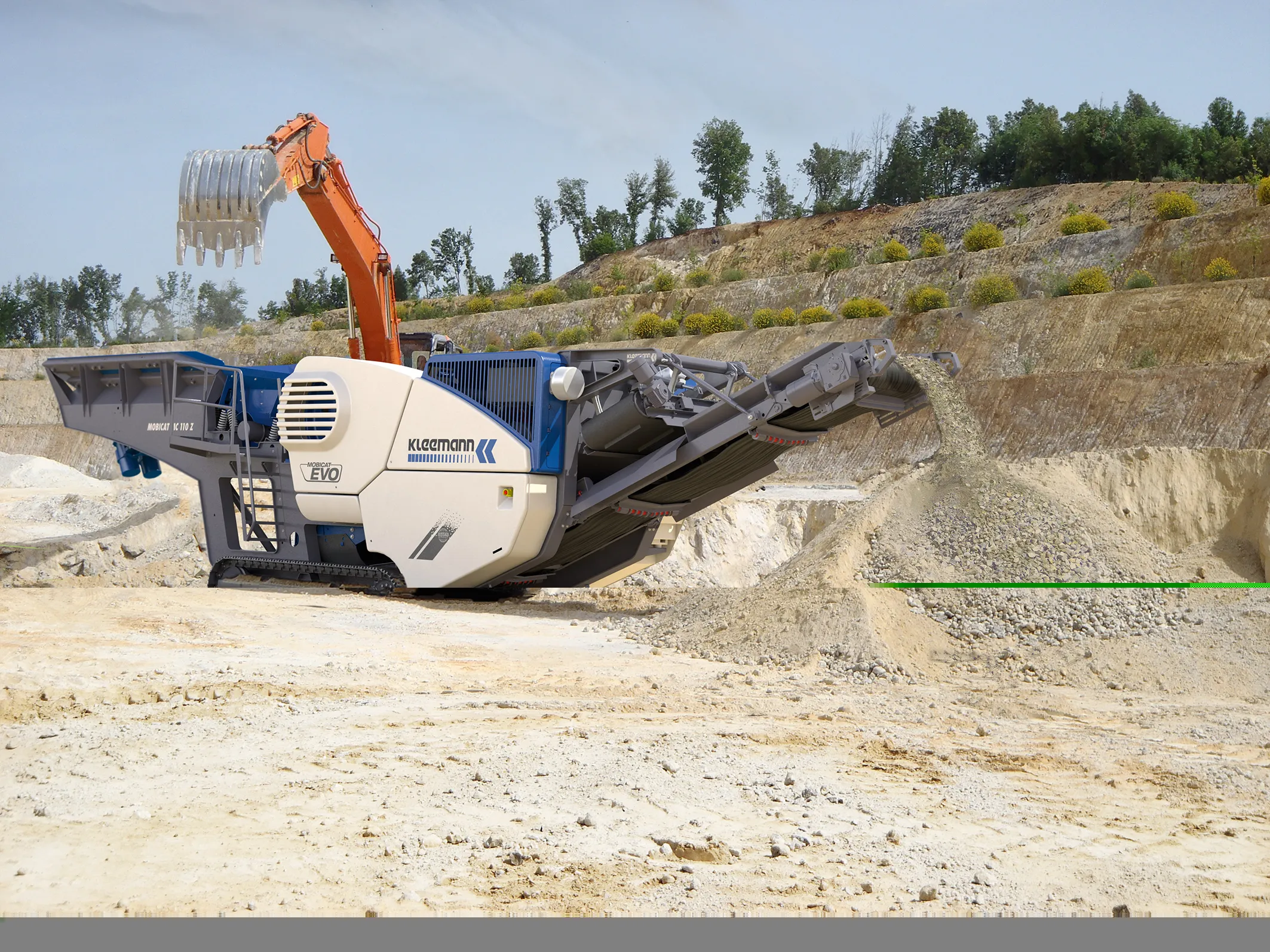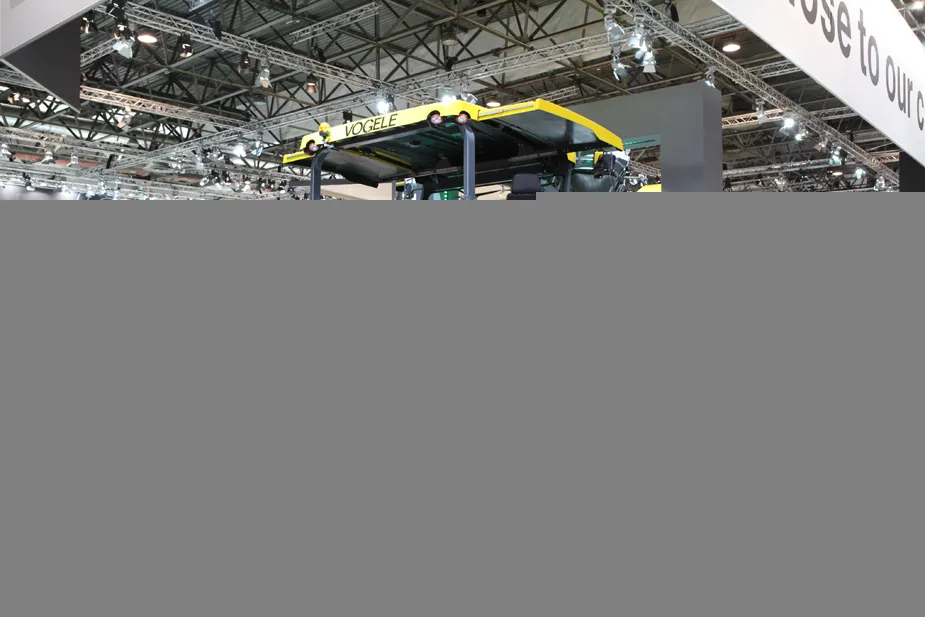Kleemann is unveiling its powerful and productive its new jaw crushers, the Mobicat MC 110 Z and MC 110 R models. These crushers add to the existing EVO Contractor Line of machines and have been redesigned from scratch. Marketing manager Mark Hezinger said, “We had a good machine but it was heavy. This new machine competes on price with the competition and retains the productivity and durability of the previous machine.”
February 12, 2013
Read time: 2 mins

A key feature of these new machines is the hoisted articulated crusher jaw. This prevents blocking of coarse material and removes fastening elements for the crusher jaw from the wear area. In addition, the transfer from the pre-screen or the feeder trough is designed so that the material can tilt into the crushing jaw and convey an even material flow. With this property and other features Kleemann achieves outputs of up to 300tonnes/hour.
Innovative new features include hopper walls integrated in the chassis to help lower overall weight as well a fully hydraulic crushing gap adjustment. Prove systems on the machines include the independent double-decker prescreen, making the plants even more diverse and efficient. Drive systems similar to those used on the Mobirex EVO series of mobile impact crushers have been employed and Hezinger explained, “The crusher is directly driven and all the other components are driven electrically. We used to have a hydraulic drive to the crusher but now we have a direct drive.”
This layout boosts efficiency and allows for optimal loading of the crusher. The continuous feed system (CFS) controls provide more equal loading of the crushing area, with conveying frequencies of the feeder trough and the pre-screen adapted independently of each other to the level of the crusher and helping increase performance.
Stand: F10.1011/1012
%$Linker:
%$Linker:







